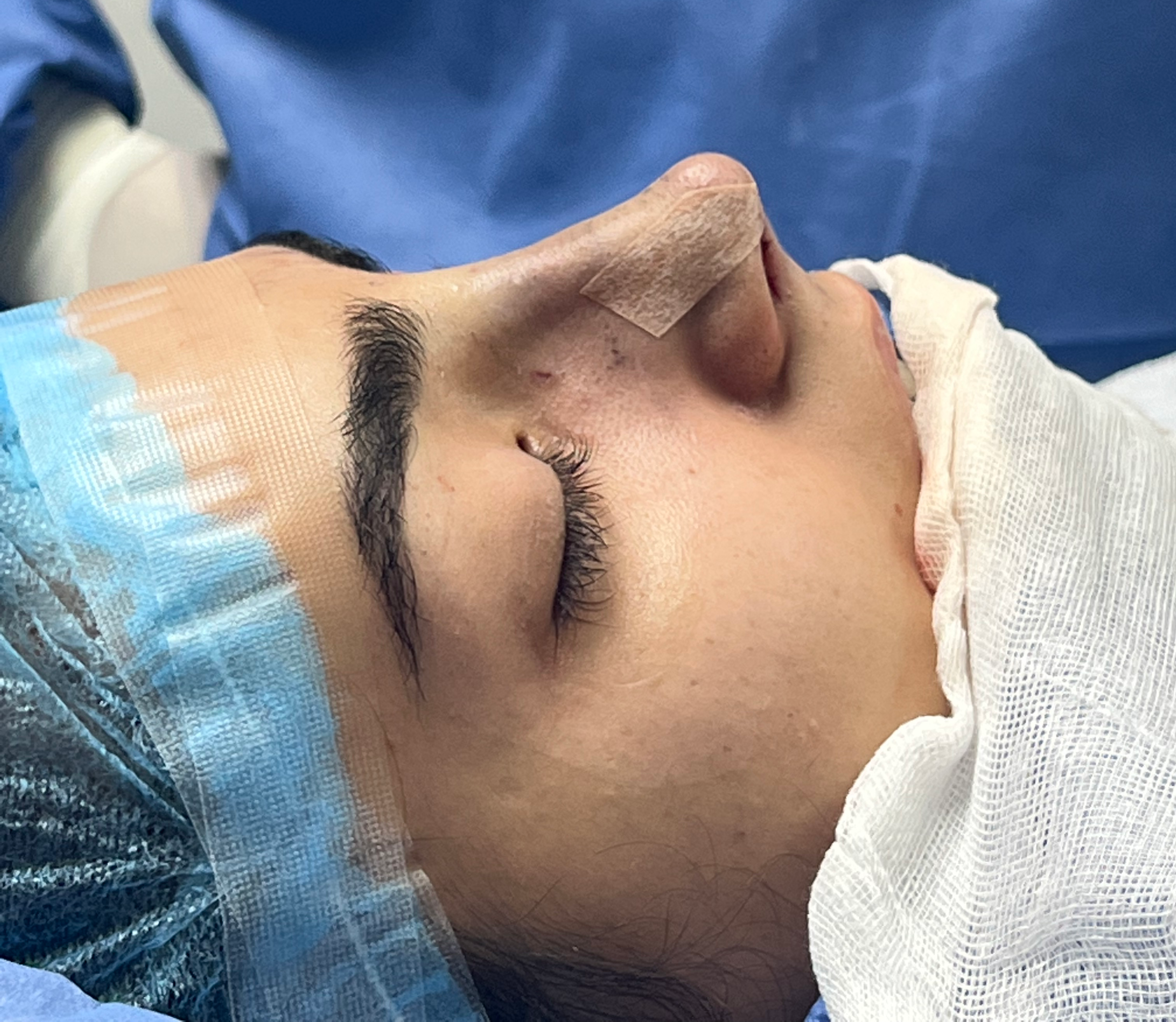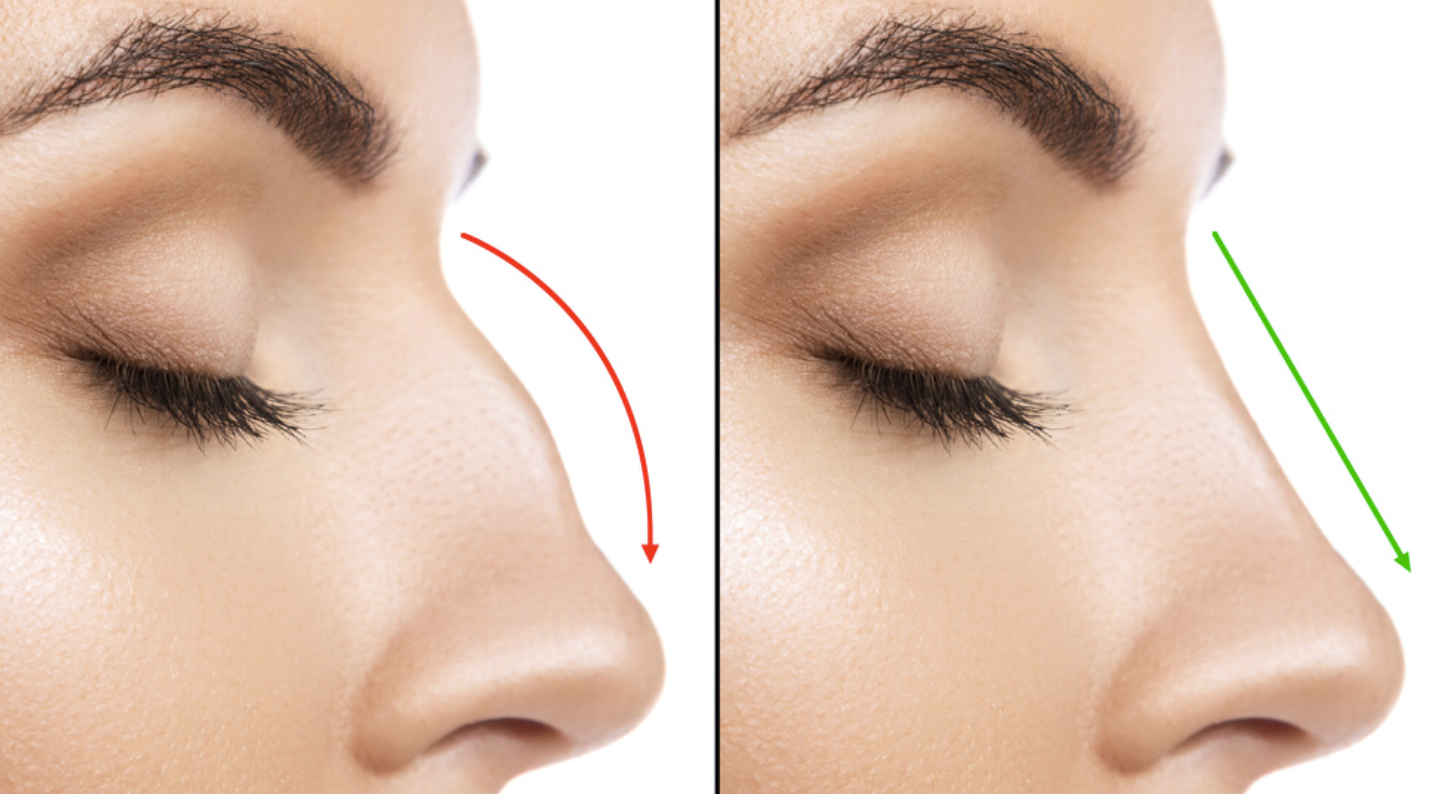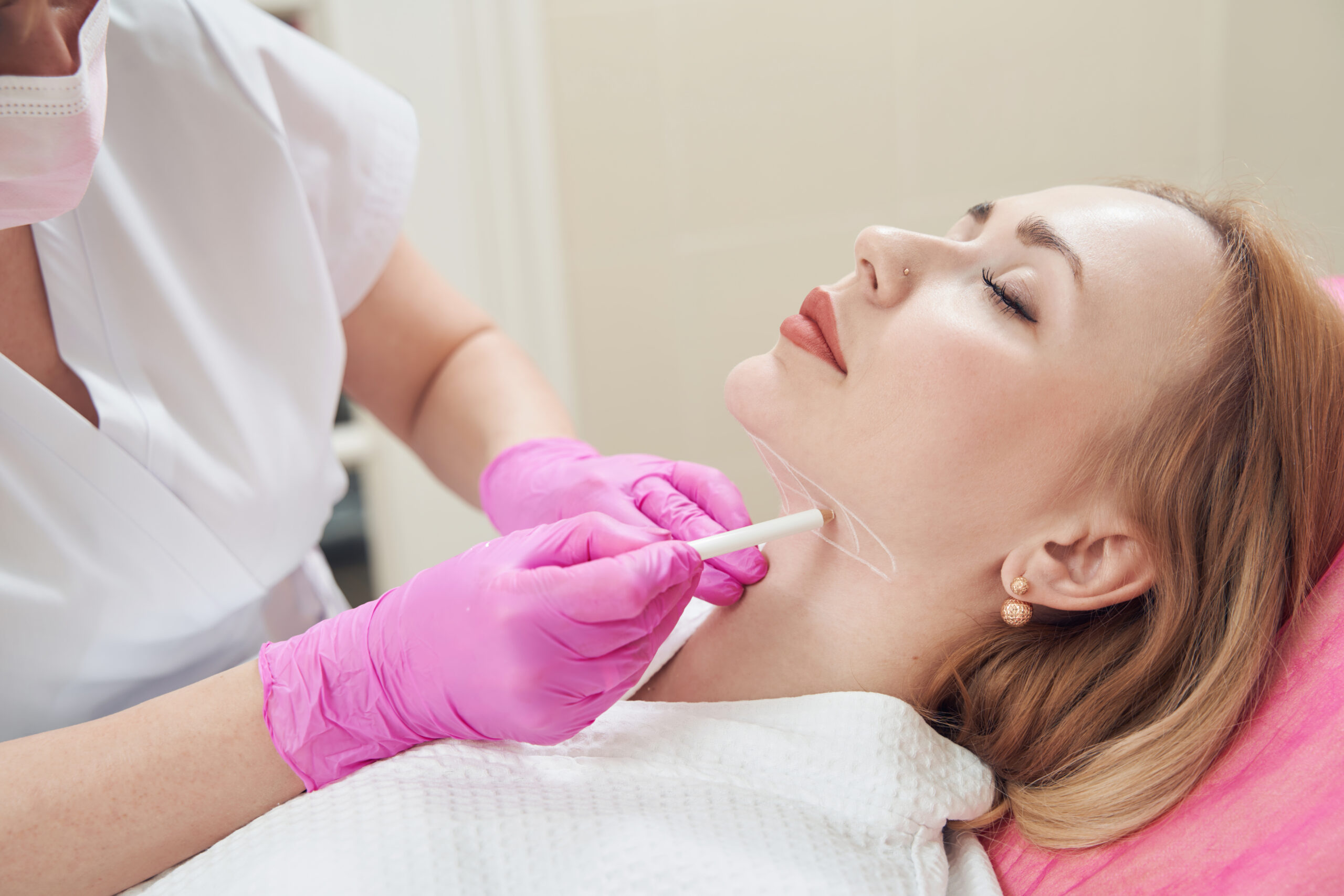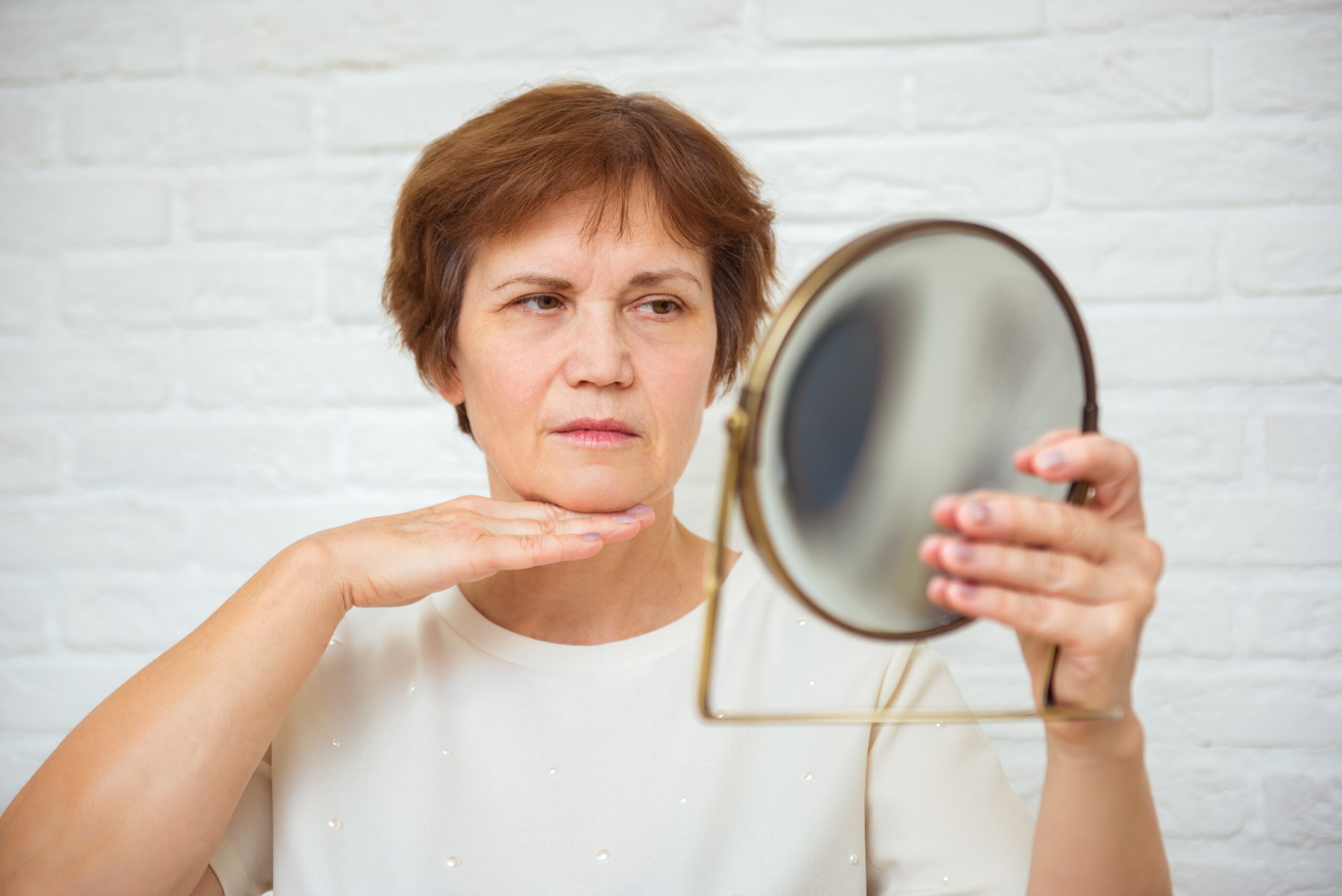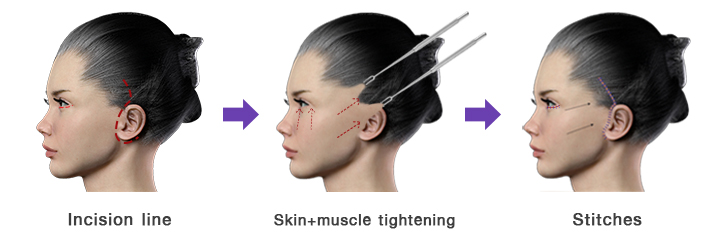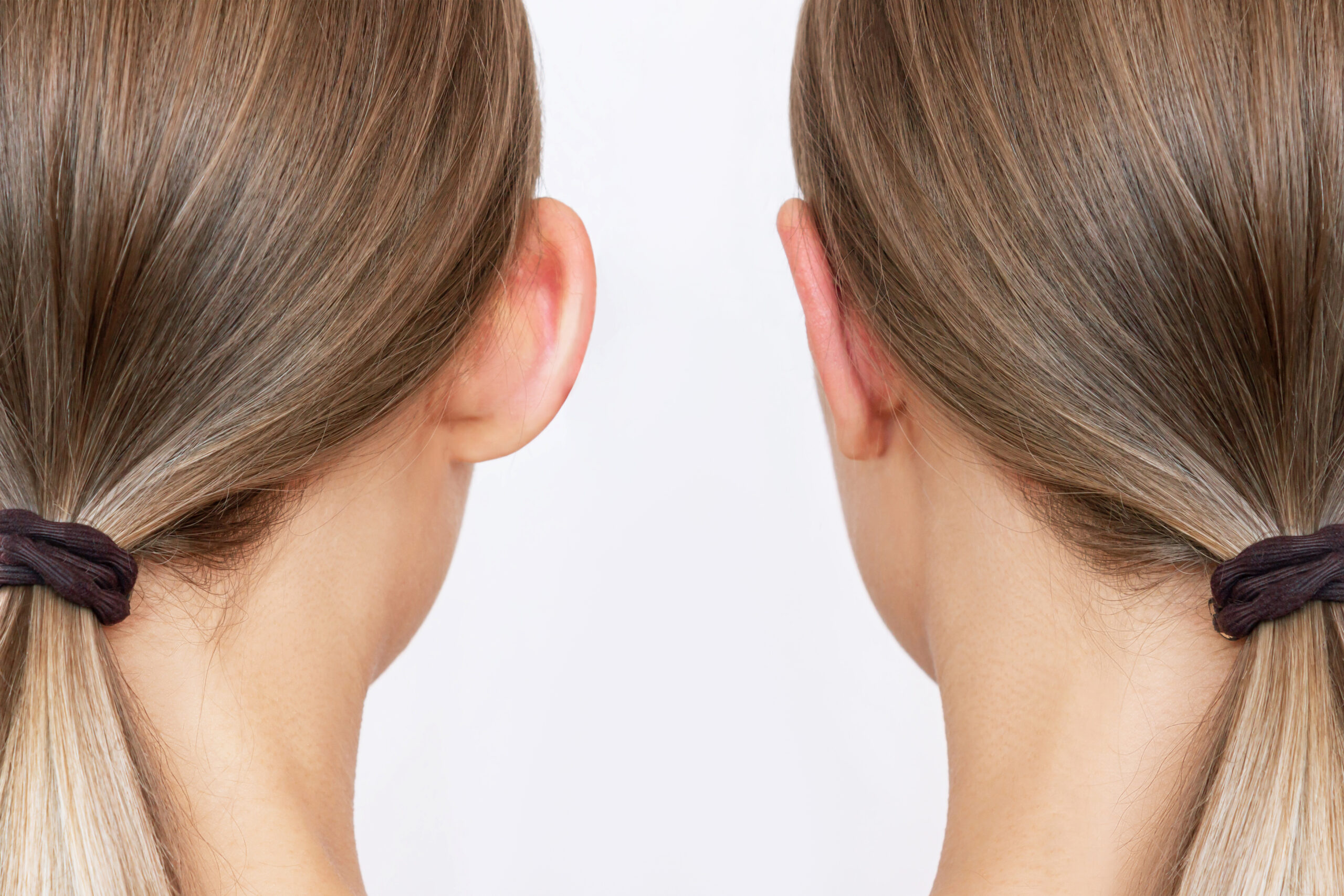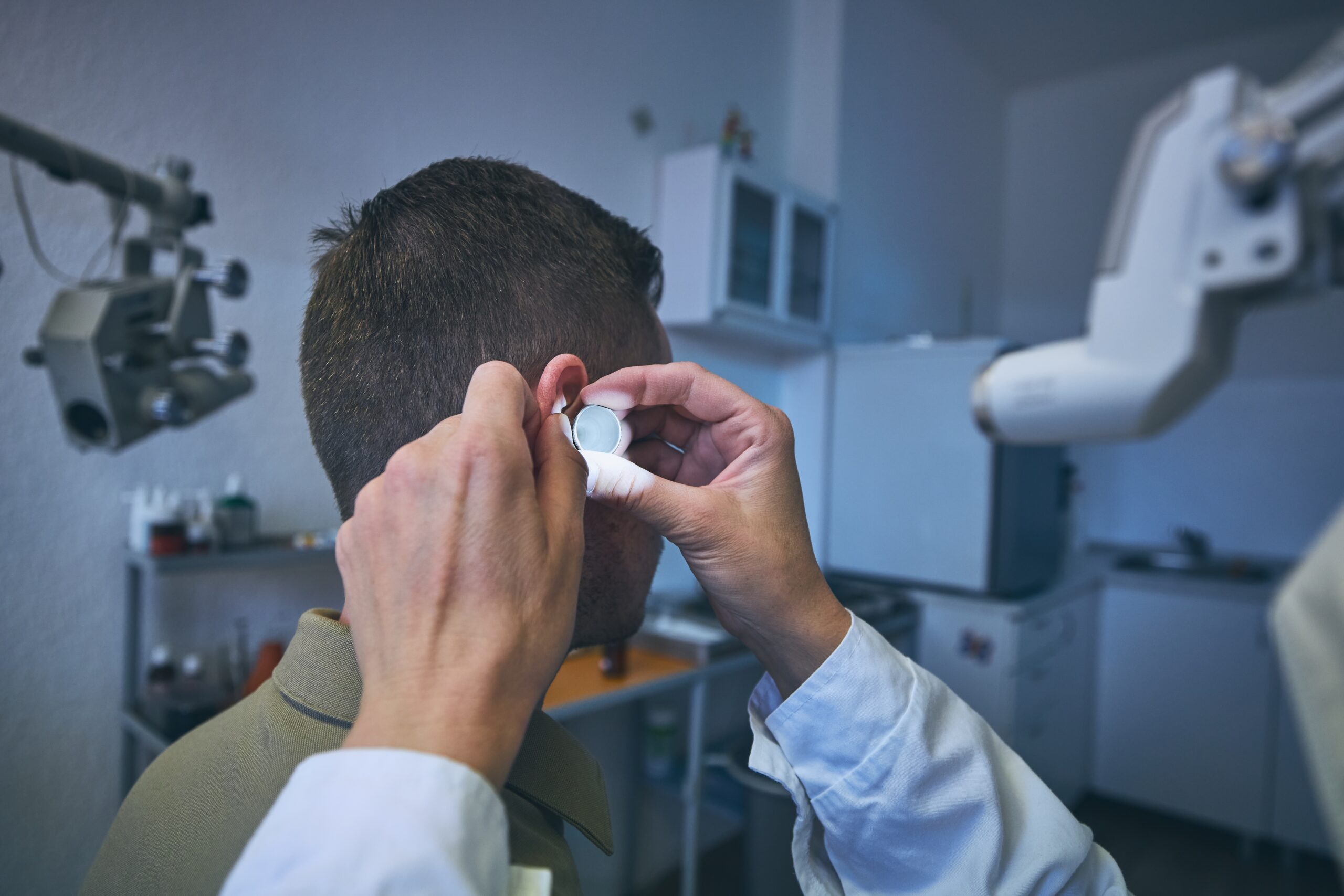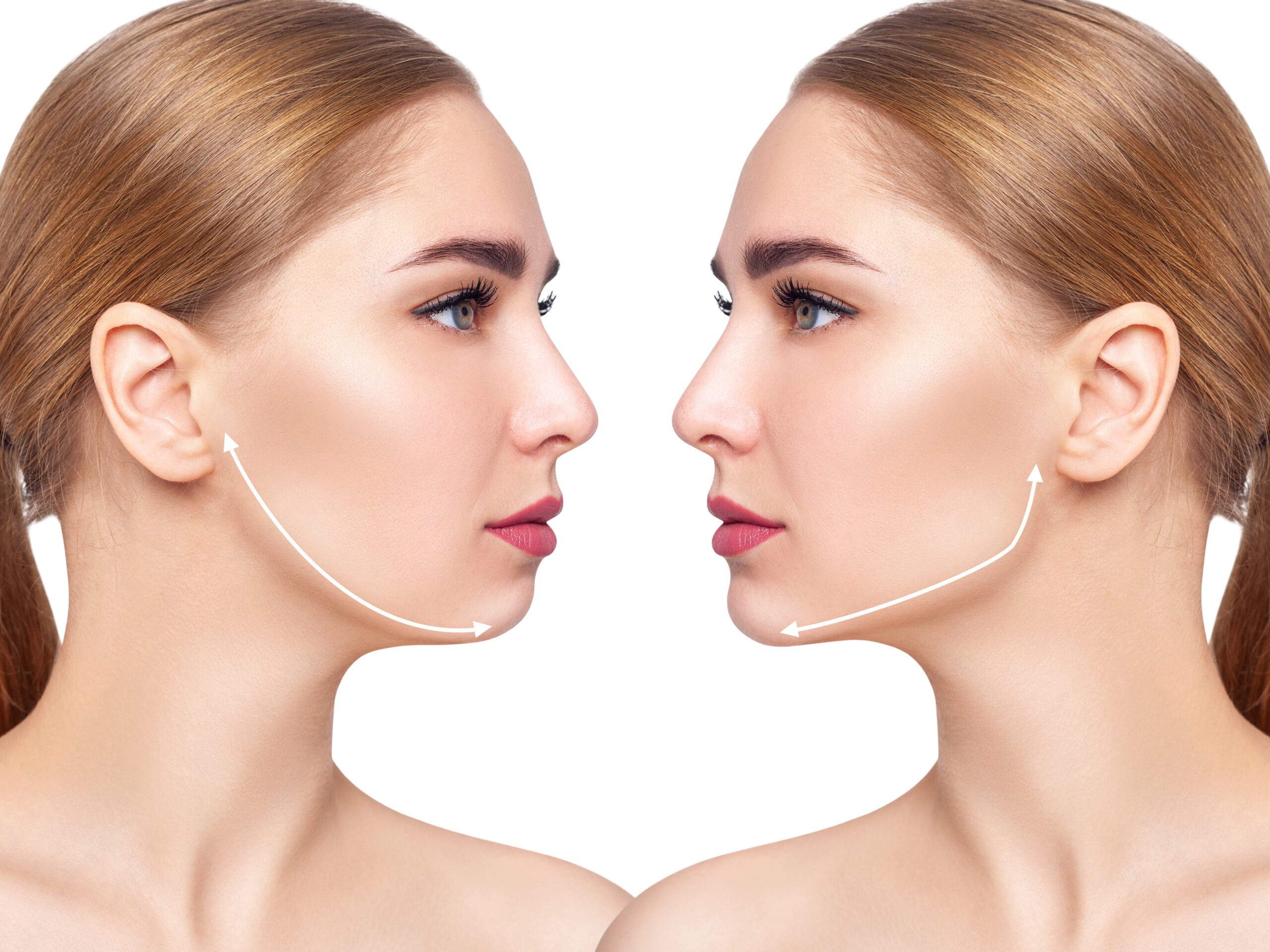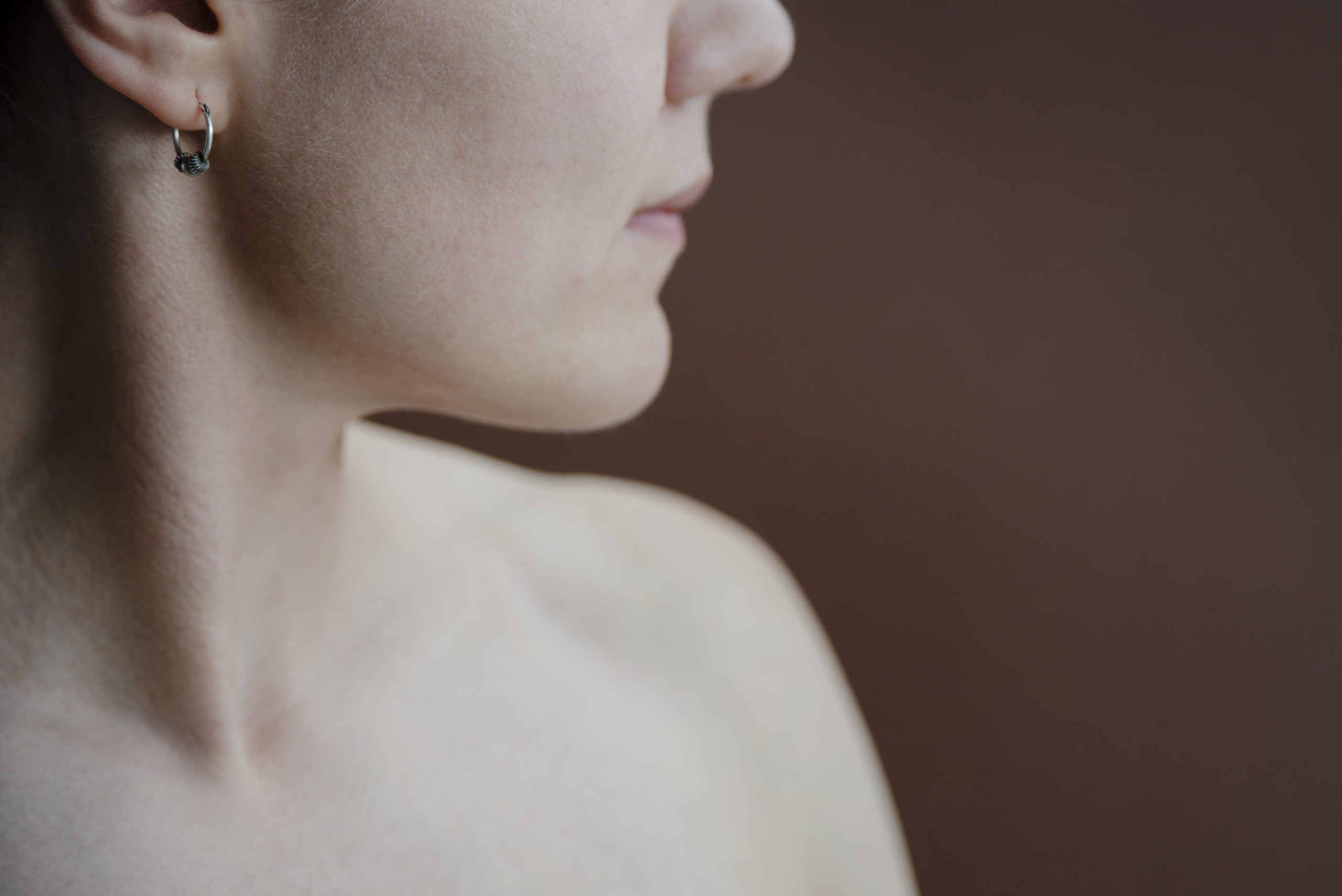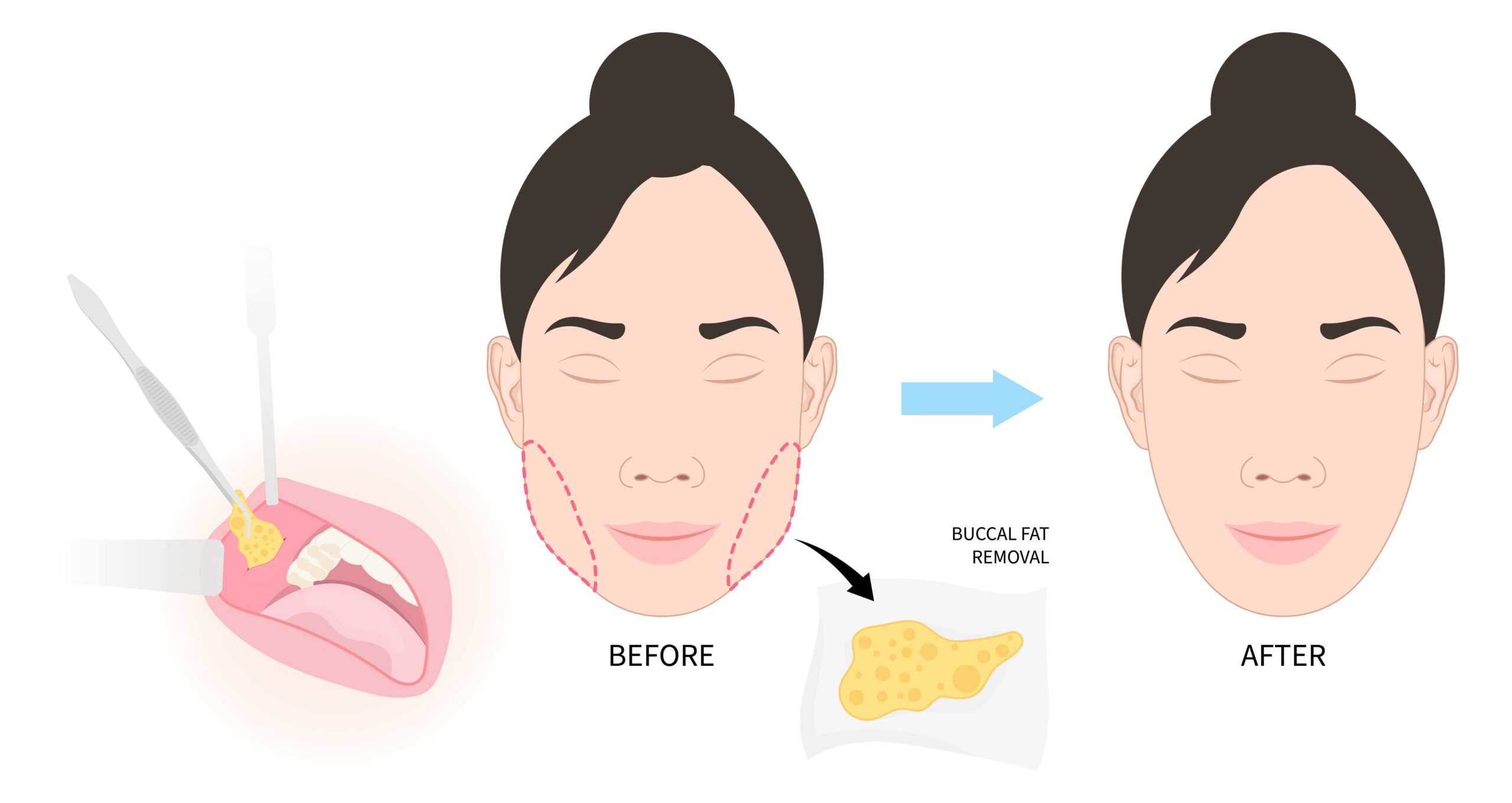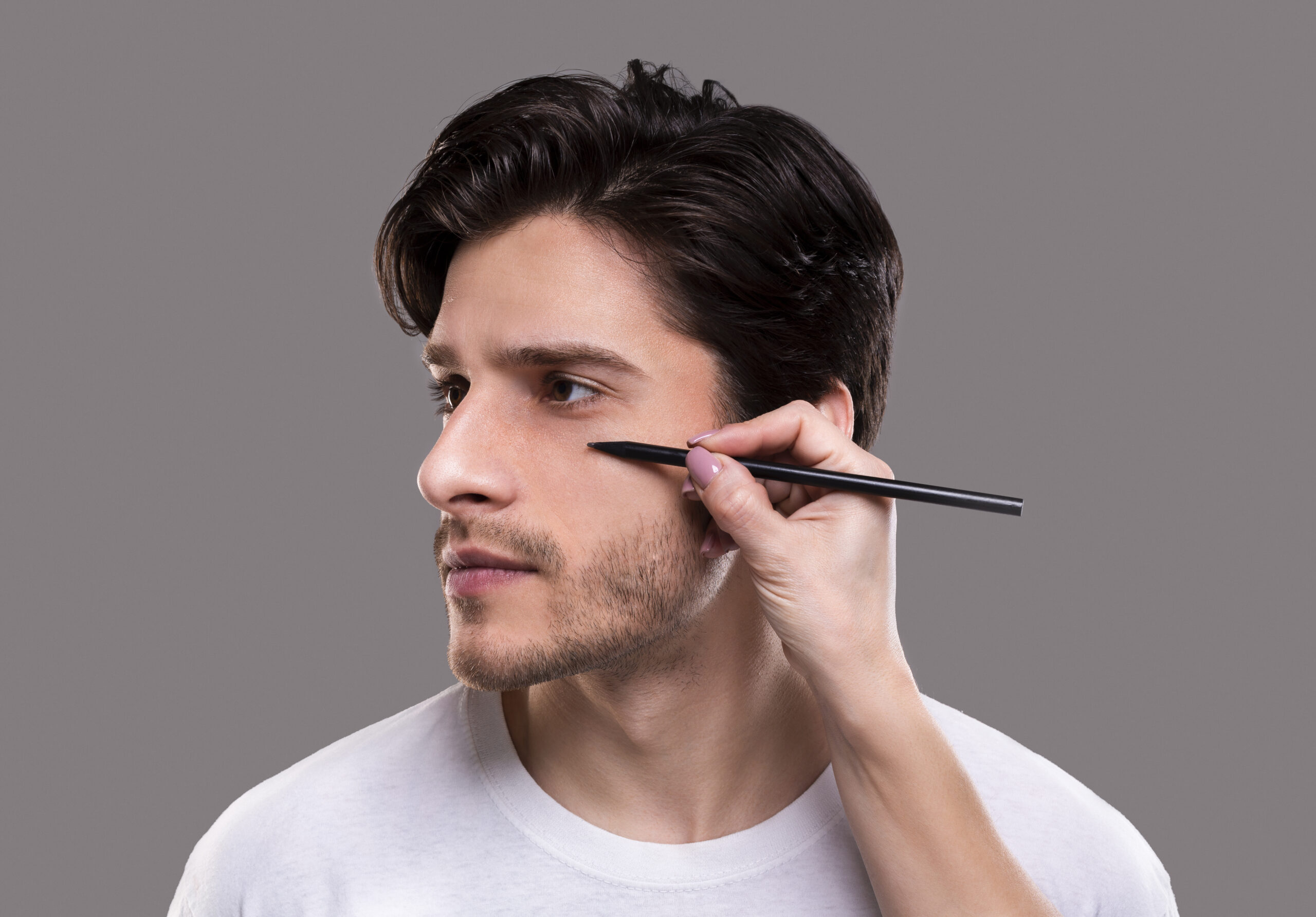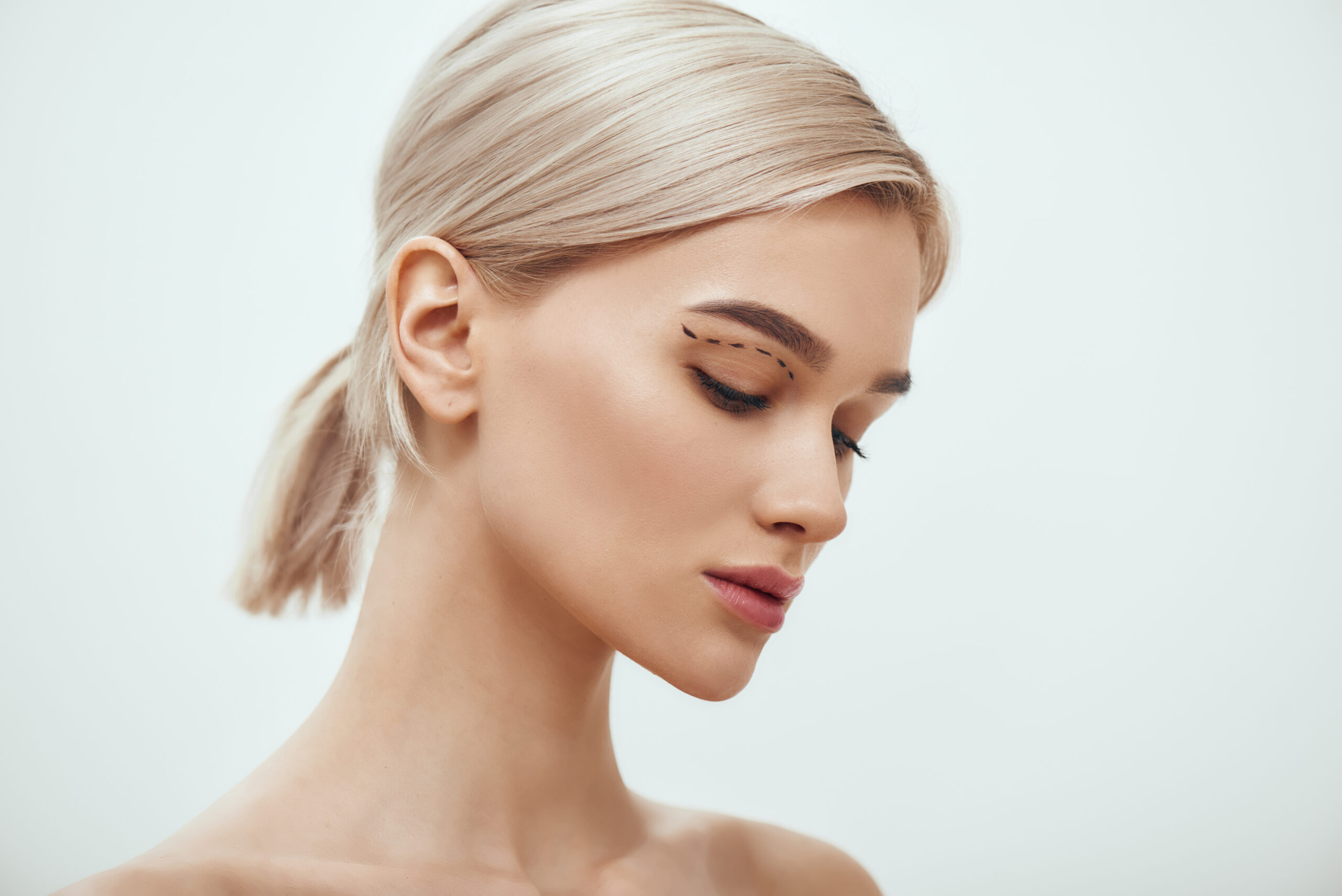Plastic surgeryRhinoplasty
Nasal cavity surgery (rhinoplasty) redefines the shape and size of the nose to integrate it with other parts of the face. Because the nose is a prominent facial feature, even a small modification can greatly improve the appearance.
Rhinoplasty alone cannot give you a perfect figure, cannot make you look like someone else, and cannot improve your personal life. Before surgery, it is very important that the patient has a clear and realistic understanding of the possible changes and the limitations and risks of surgery.
Skin type, ethnicity and age will be factors considered by the surgeon prior to surgery. With the exception of severe respiratory disorders, young patients are not usually candidates until their nose is fully developed (usually at 15 or 16 years of age).
REASONS WHY YOU SHOULD UNDERGRO RHINOPLASTY
- Humped nose: This is a common problem: the nose looks “normal” but there is a bump on the bridge of the nose, which can be resolved by surgical treatment of the cartilage and bone of the bridge of the nose.
- Crooked nose: A nose that is not straight or is not located in the center of the face can be the result of genetics, accidents or disease and, in many cases, can also cause serious breathing problems.
The purpose of surgery is to correct the physical structure of the nose to produce a more symmetrical appearance and to treat the deviated nasal septum by a method called septoplasty.
- Overprojected or underprojected nose: An overprojected nose appears too large in comparison to other facial features, while an underprojected nose looks flat or too small on the face. The purpose of surgery is to adjust the bridge and the cusps at the same time so that the skin looks more proportional.
- Bulbous or deformed tip: Sometimes just the tip of the nose can affect the overall appearance of the nose. Tips that are too large, spherical or abnormally shaped may need reshaping or cartilage reduction to make them look more delicate.
- The nostril is too large: the base of the nose is located at the bottom of the nostril and rhinoplasty of the base of the nose is performed to reduce the size of the nostril.
RHINOPLASTY SURGERY TYPES
- Closed rhinoplasty: a closed rhinoplasty means that the incision is only made in the nostril; the scar is well hidden, but access to the nasal cavity is more limited.
- Open rhinoplasty: Like closed rhinoplasty, incisions are made in the nostrils, but small incisions are also used to connect the columella between the nostrils. You can then “uncover” the nose and allow Mr. Alex Karidis to fully enter the nasal structure for best results.
- Rhinoplasty: This is a term often used in nose surgery because many patients need to adjust the nose to make it smaller or shorter or reduce humps in the bridge.
- Revision rhinoplasty: Revision rhinoplasty refers to the second surgery of the nasal cavity to correct problems that occurred during the initial operation, either cosmetic or functional.
Plastic surgeryDouble Chin I Chin Liposuction
This minimally invasive procedure is ideal for patients who have excess fat around the neck and sagging skin around the jawline.
How Is Chin Liposuction Procedure Performed?
The chin liposuction procedure is performed by making a small incision right underneath the chin. Once the incision has been made the surgeon will insert a small tube made from stainless steel, this tube is also known under the name cannula. By inserting the tube in the incision, the surgeon can remove the fat between the skin and muscle. The removal of the excess fat occurs through a gentle suction process.
Most patients will have the procedure done under local anaesthetic. Local anaesthetic is less risky for the patient and may reduce the recovery time after the chin liposuction as well. A small number of patients may still have the procedure under general anaesthetic, depending on the situation they find themselves in.
What can I expect after my treatment?
For the lower face and neck, you will need to wear a compression garment for 3 days (24 hours a day) and 6 weeks while at home or as long as possible. You will have some swelling and tenderness for several weeks and patients usually begin to see results around 3 weeks. Your results will continue to improve for several months.
Final results take about 3 months and may continue to improve even up to month 6.
Plastic surgeryRhytidectomy | Face Lift
A facelift is a surgical technique that restores the bony structure of the aging jaw, cheeks and neck. The surgeon focuses on resuspending the muscular substructure of the face and neck (the SMAS and platysma) to achieve natural, long-lasting results. A good facelift leaves you looking like a younger, more natural, more subtly enhanced version of yourself. Our surgeons’ focus is on subtle, natural, elegant and refined results.
Facelift surgery is one of the five most commonly performed plastic surgical procedures in North America, and many people seek to rejuvenate the appearance of their mid and lower face, as well as their neck.
Recovering from a facelift
After your rhytidectomy, your doctor will wrap your incisions with bandages and may place drainage tubes in the area. The tubes will be removed the next day, when your hair will be carefully washed. If surgical clips are used to hold and close the incisions, they will be removed about a week after the facelift along with the stitches.
You may experience swelling, bruising, numbness and a feeling of tightness in your face and neck, and your face may appear distorted or slightly uneven with a feeling of stiffness in the neck muscles. Most of these effects will resolve in approximately 3-6 weeks, and vour sensation will return to normal within three to four months. The scars will also become less raised, red, itchy or lumpy over time.
You will be able to work approximately three weeks after your procedure. In the meantime, camouflage cosmetics can be used to reduce the appearance of bruising. Try to be gentle with your face and hair as vou recover. Men may need to shave regularly behind the neck and ears. where the areas of skin where the beard grows have been moved.
Plastic surgeryOtoplasty
Otoplasty is a surgery to improve the appearance of the ears by changing their projection, improving their shape or changing their size. Otoplasty (ear pinning) is most frequently used to treat ears that protrude away from the head or “stick out too far.” Otoplasty can also be combined with procedures for ears that are disproportionately large, called reduction otoplasty. Ears that draw unwanted attention are a frequent source of self-esteem issues for both children and adults that frequently makes them very self conscious, leading them to conceal their ears with their hair or to avoid hairstyles or hats that accentuate the ears.
WHO IS A CANDIDATE FOR OTOPLASTY?
Common concerns that can be treated with otoplasty include:
-Ears that “stick out too far”
-Overly large ears – a condition called macrotia
-Uneven ears – size or shape
-Unsatisfactory results from previous otoplasty
-Congenital ear malformations including constricted ear, lop ear and cryptotia
HOW IS OTOPLASTY (EAR SURGERY) PERFORMED?
Otoplasty is a general term used for a surgery that may require many different surgical maneuvers to improve the appearance of the ears. The maneuvers in the otoplasty will vary from patient to patient based on the anatomy of the ears, just as two peoples’ noses may require totally different operations to improve their appearance, but both operations would still be called a nose job (rhinoplasty). Incisions for otoplasty are generally made on the back of the ear so the scar will be hidden in the groove between the back of the ear and the head. The cartilage is what gives the ear its shape. If there are missing folds of the ears, they are created using sutures (stitches) placed in the cartilage on the back of the ear to bend the cartilage and reshape it to create a natural and normal looking fold on the front of the ear. Additional sutures are also commonlv used to rotate the ears back toward the head, into a normal proiection and position. Occasionally, excision of excess cartilage from the conchal bowl may be needed to achieve normal projection. There are a number of other maneuvers that may also be used to refine the shape or decrease the size of the ears. Non-dissolvable sutures are used to create and secure the new shape or position of the ear cartilage because it takes about 1 year for the ear cartilage to permanently adapt to the new ear shape. Dissolvable sutures are used to close the skin incision on the back of the ear. The surgery takes about two and a half hours on average to correct both ears.
WHEN IS THE FINAL RESULT APPRECIABLE?
After the dressings are removed the improvement in the shape and proiection of the ears is immediately appreciated, despite the minor swelling that will be present. That swelling resolves quickly and the ears have a totall normal appearance by 3-6 weeks after surgerv.
Plastic surgeryChin Implant | Chin Augmentation
Chin augmentation surgery, is a plastic surgery procedure which uses either an implant or patient’s own jaw bone to enlarge the appearance of a “weak” chin and create better balance among the facial features.
When the patient’s own bone is used to enhance the chin the operation is referred to as a sliding
Alentopesy Today there so bolte optionoruang sale silcone rmplants o provide beta din profection fillers are commonly used to shape and enhance the chin size. Often times a chin augmentation is done in conjunction with a rhinoplasty to create better overall facial harmony.
Who is the ideal candidate?
- A Good Candidate for Chin Augmentation Should:
- Have a recessed or weak chin that is affecting overall facial balance
- Desire a stronger and more defined jawline and neckline
- Have submental fullness or appearance of a “double” chin
- Be in overall good health and hold realistic surgical expectations
- Be a non-smoker
How Is CHIN IMPLANT Procedure Performed?
Chin implant surgery is usually an outpatient procedure, performed using general anesthesia or local anesthesia with sedation. A small incision is made either underneath the chin or inside the mouth.
Through this incision, the cosmetic surgeon creates space for the chin implant and fits it around the chin bone.
RECOVERY AFTER CHIN AUGMENTATION
Recovery after chin augmentation takes approximately seven days. Discomfort may occur during the first few days and this can be controlled with medication. Swelling and bruising are common, however most patients are able to return to work and daily activities within a week. External stitches may be removed in five to seven davs.
Plastic surgeryBichectomy
Bichectomy is a surgical procedure frequently performed at the present, which aims to improve the contour of the cheeks by reducing its prominence, and indirectlv increases the luminositv of the malar eminences.
It consists of the elimination of the fat balls that we have inside the cheeks in order to obtain a more beautiful face. Initially described in 1732 by Heister, it was later analyzed in 1801 by the French anatomist Xavier Bichat.
It has a biconvex shape and is located in the buccal space limited by the bucinator muscle on the inside, the facial muscles on the outside, and the parotid gland behind it. Despite losing weight, this fat persists due to a different metabolism from its fat. It measures between 7 and 8 ml on average. Its elimination or
“Bichectomy” produces a youthful and aesthetic appearance by harmonizing the face.
Who is the ideal candidate?
The ideal candidate is the patient who has high and well defined cheekbones, but hidden due to too prominent cheeks causing excessive roundness and heaviness.
Improves the appearance of the middle third of the face, defining more cheekbones and cheeks.
Therefore, we advise against it in patients with small or poorly defined cheekbones. Therefore we do not recommend it in patients with small or poorly defined cheekbones.
How Is bichectomy Procedure Performed?
The bichectomy is performed through a small incision inside the mouth, under local anesthesia. It can also be removed, mobilized and displaced in the context of a facelift. If it is large, it is reduced and if it is lowered by the effect of gravity and loss of support over the years, we raise it through a series of sutures.
Sometimes they are also removed in the course of orthognathic surgery.
The postoperative period is quite gentle, it does not hurt, and the swelling from surgery usually lasts 3 or 4 days. The definition of the new cheek shape is visible after 10 days to two weeks. During this time, you can lead a normal life avoiding strenuous exercise and smoking.
Plastic surgeryBlepharoplasty
Eyelid lift (technically called as Blepharoplasty) is a plastic surgery procedure designed to correct puffy, sagging or tired eyes. This process removes excess skin, fat and muscle and restores a youthful, refreshed appearance to the eye area. Eyelid lifts can be performed on the upper or lower eyelid or both eyelids, and can be combined with laser resurfacing to enhance the effect.
Benefits of Blepharoplasty
- Restoring a Younger Shape Above the Eyes
- Looking More Rested and Alert.
- A Boost of Confidence.
- More Positive Social Interactions.
- An Improved Field of Vision.
- Less Time in Front of the Mirror.
- Customizable Options.
- More Freedom for Cosmetic Creativity.
HOW BLEPHAROPLASTY IS DONE
During blepharoplasty, the surgeon cuts along the creases of your eyelids to trim sagging skin and muscle and remove excess fat. After the excess tissue is removed, your surgeon joins the skin with tiny stitches.
RESULTS OF BLEPHAROPLASTY
Many people express satisfaction with the results of blepharoplasty, such as a more rested and youthful appearance and more self-confidence. For some people, results of surgery may last a lifetime. For others, droopy eyelids may recur.
Bruising and swelling generally subside in 10 to 14 days, which may be when vou feel comfortable going out in public again. Scars from the surgical cuts may take months to fade. Take care to protect your delicate eyelid skin from too much sun exposure.

